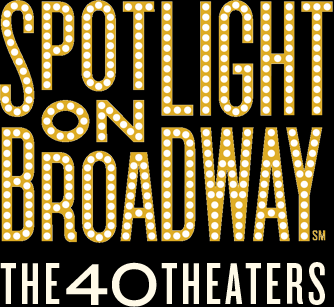The Theater District’s unique identity has long been based on the interaction of the inherently theatrical hustle and bustle that defines New York’s streets and the organized entertainments offered within theaters of all kinds. Like many aspects of life in New York, freedom is dependent on regulation. The flow of traffic, both pedestrian and vehicular, including the now absent streetcar that once traversed 42nd Street, was critical to the area. Traffic has been managed to allow for the convenient access New Yorkers demand while remaining sufficiently dense to be exciting and give rise to the chance encounter.

Whether drawn by the area’s theaters, restaurants, hotels, or merely by a sense of excitement, the Theater District’s crowds have always been a part of the show, and constitute a feature that distinguishes the New York theater-going experience from that of other cities.

Painting by Bert Levy of theatergoers along 42nd Street, ca. 1905

Easy access to the Theater District was a critical component of creating a thriving business environment. With the growing popularity of cars in the early years of the twentieth century, the rules of the road took some time to establish, as can be seen in this photograph.

Cars parked in front of Oscar Hammerstein’s Victoria Theater.

Managing the scene—whether the audience or the performers—has always been part of the act in the Theater District. On opening night, between the second and third acts of The Pleasure Man, one of three plays written by and starring sex symbol Mae West, policemen from the precinct located around the corner from the Biltmore on 47th Street entered the theater. All fifty-seven members of the cast, including West, were arrested on charges of indecency. The theater critic for the New York Daily News reported, “The police raid was even more sensational than the last act.” The play ran for a total of one-and-a-half performances.

Loew’s State Theater, designed by Thomas Lamb and completed in 1920, was one of many theaters in the area built to show silent movies.

Sidewalk scene in front of the Palace Theater
Landing Image:



